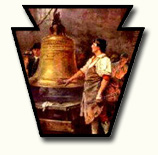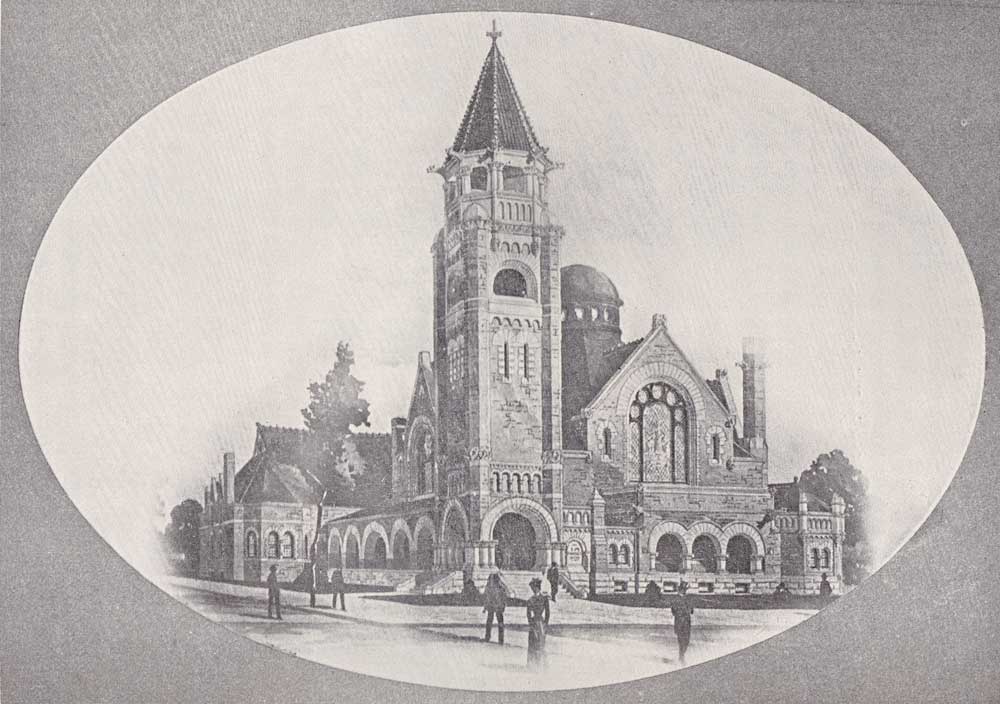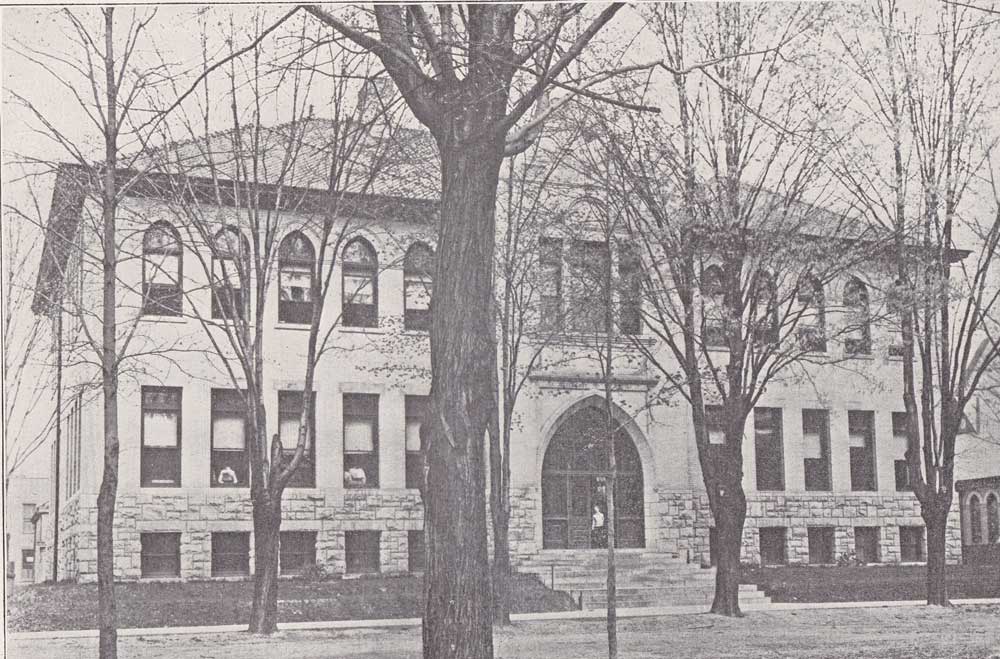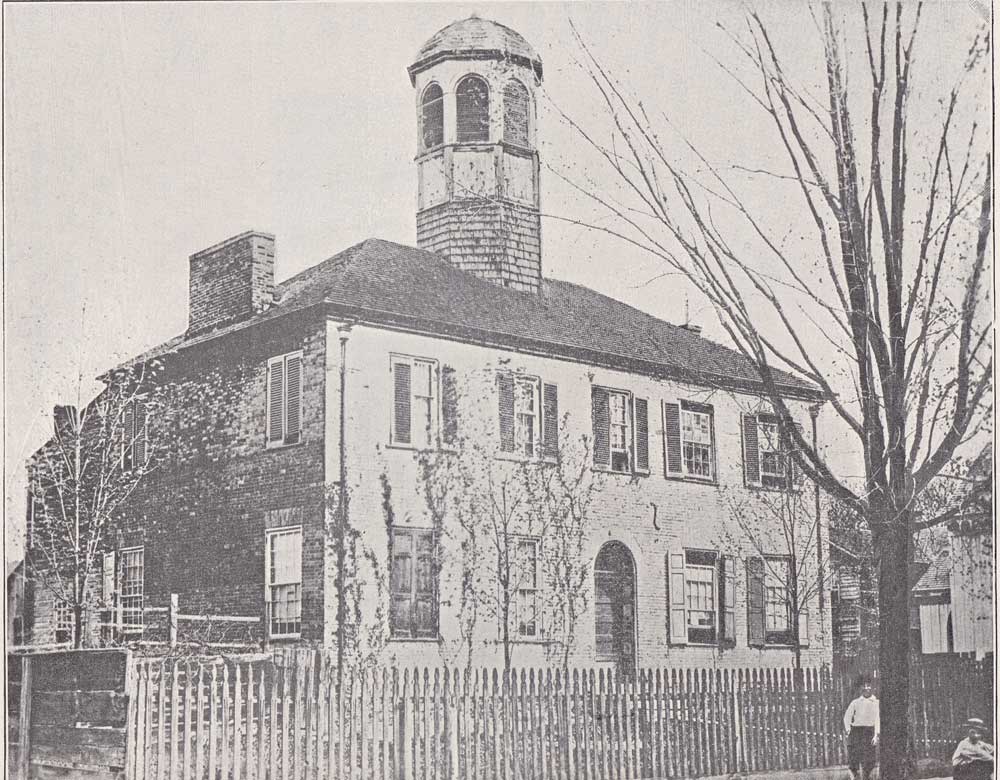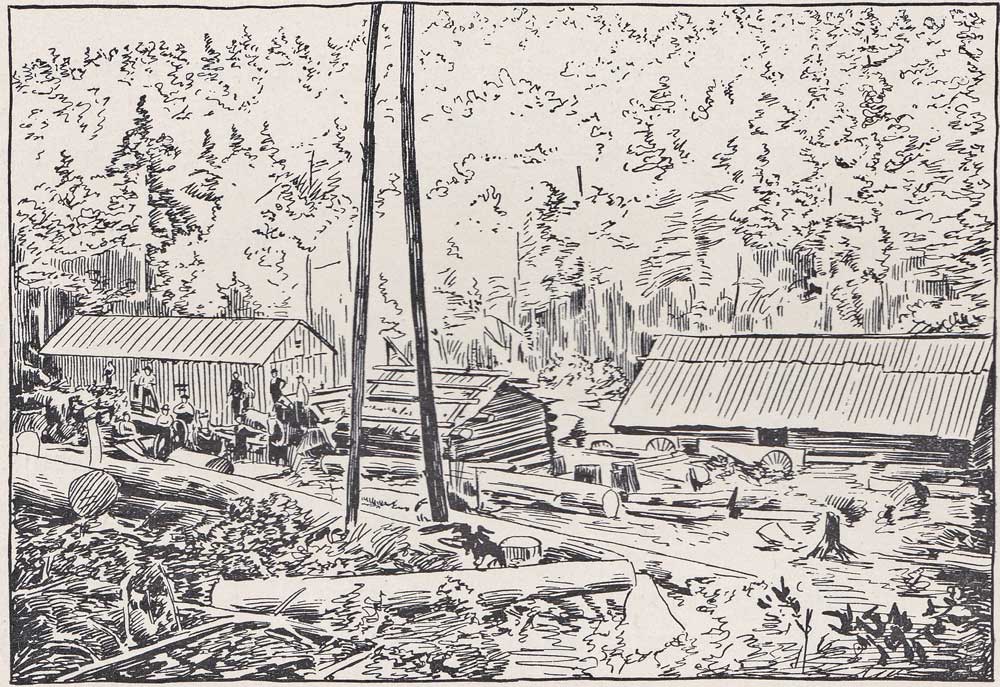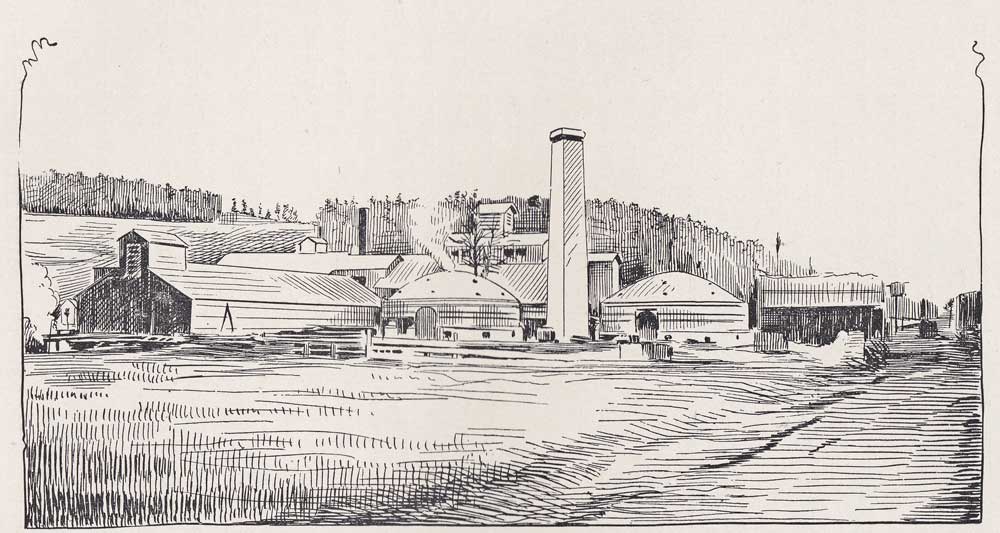| |
53 society or organization, to which he, she or they
might belong, without subjecting any person or persons so refusing to work or
labor, to prosecution or indictment for conspiracy under the criminal laws of
this Commonwealth. * * * Provided, That nothing herein contained shall
prevent the prosecution and punishment, under existing laws, of any person or
persons who shall in any way hinder persons who desire to labor for their
employers from so doing, or other persons from being employed as laborers."
The effect of the decision in Commonwealth vs. Parks
was to make it a criminal offense to persuade, or otherwise, in any way hinder,
persons who desired to labor from doing so and virtually stripped the Act of
1872 of the protection it was supposed to give labor organizations.
As an immediate result of the conviction of Xingo Parks
in September, 1875, came the passage of the Act of 20th April, 1876, amending
the Act of 1872, by declaring that the second provision of the first section of
that act, quoted above, shall be so construed that the use of lawful or peaceful
means, having for their object a lawful purpose, shall not be regarded as "in
any way hindering persons who desire to labor ; and that the use of force,
threat or menace of harm to persons or property, shall alone be regarded as in
any way hindering persons who desire to labor for their employers from so doing
or other persons from being employed as laborers."
The late Hon. John H. Orvis, as Additional Law Judge,
presided over the court and at the trial of this celebrated conspiracy case. The
late ex-Senator William A. Wallace and Wm. M. McCullough, Esq., assisted the
District Attorney, and the late Senator Matt. Carpenter, Franklin B. Hughes,
Hon. George R. Barrett, Esq., and Linn Bartholomew represented the defendants.
EDUCATIONAL.
The first school, tradition tells us, was taught in
1804 by a Mr. Kelleys near the residence of Thomas McClure, in Pike township.
Samuel Fulton, we are told, taught near Clearfield Town shortly afterwards,- and
Josiah Evans was the teacher of a school in Curwensville as early as 1812. From
the organization of the county until 1829 private schools sprang up in the
settlements.
Among the early settlers were men who had enjoyed some
educational facilities--enough to inspire in them an interest in the cause of
education. Penn had encouraged the erection of public schools, the "Plan or Form
of Government," adopted in 1776, enjoined the establishment of "a school or
shools" in each county by the Legislature. The public mind favored the
establishment of schools and the necessities of the county awakened a deep
interest in the cause of education. As a result the Legislature, by an Act
entitled, "An Act establishing an Academy in the town of Clearfield," approved
12th February, 1827, enacted as follows :-
Section I.—That there shall be and hereby is
established in the town of Clearfield, in the County of Clearfield, an Academy
for the education of youth in the useful arts, sciences and literature, by the
name and style of "The Clearfield Academy."
Under the provisions of the subsequent sections of this
Act and under the corporate title of "The Trustees of the Clearfield Academy,"
the persons named in the Act and their successors, erected an academy building
on lots Nos. 31 and 32, Front street, in the town of Clearfield. The schools
were opened 1830 with Dr. A.
|
|
